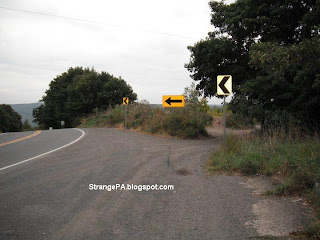Benjamin Franklin, that noted statesman from Philadelphia and signer of the Declaration of Independence, was a man of many talents and interests. Among his many accomplishments outside of his role in the Continental Congress was the publishing of Poor Richard's Almanac, the establishment of the Postal Service, as well as the invention of bi-focal eyeglasses, and of the odometer to tell how far wagons (and later, automobiles) had traveled, the invention of the lightening rod, the invention of the household iron furnace (now known as the Franklin Stove), swimming fins, and the invention of an unusual musical instrument called the glass armonica (by which Amadeus Mozart was particularly impressed), and the production of numerous aids for the disabled, including an extension arm to grab things out of reach and the first flexible urinary catheter.
While Franklin was undoubetdly in possession of great mental faculties, and even though he had long-standing friendships with many scientists, statesmen, and philosophers, he held a quarrelsome attitude toward established academia. He was particularly unimpressed with the academic socities of Europe, which he considered to be pretentious, and to produce little to benefit the common man by their works.
It was in 1781, while serving abroad as United States Ambassador to France, that Benjamin Franklin expressed his displeasure with The Royal Academy of Brussels in a very colorful way. The Academy had endorsed a "Prize Question" among its membership to produce a mathematical equation of staggering complexity, emphasizing that the winning contributor had to illustrate the UTILITY of his equation. Franklin, seeing no practical use for a hypothetical equation produced by a top scholar over the course of an entire year, playfully suggested that the intellectuals' mental abilities might be better applied to flatulence.








